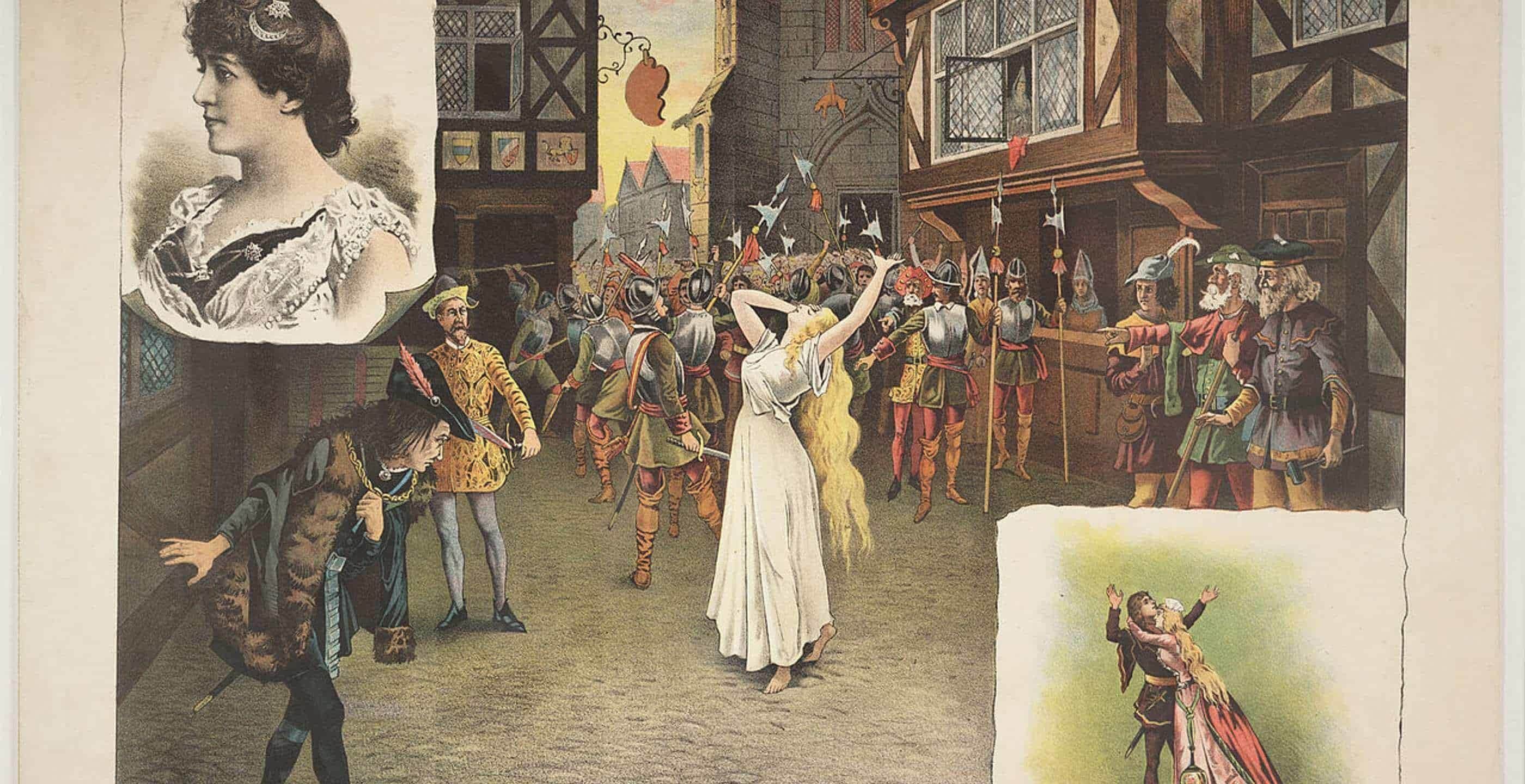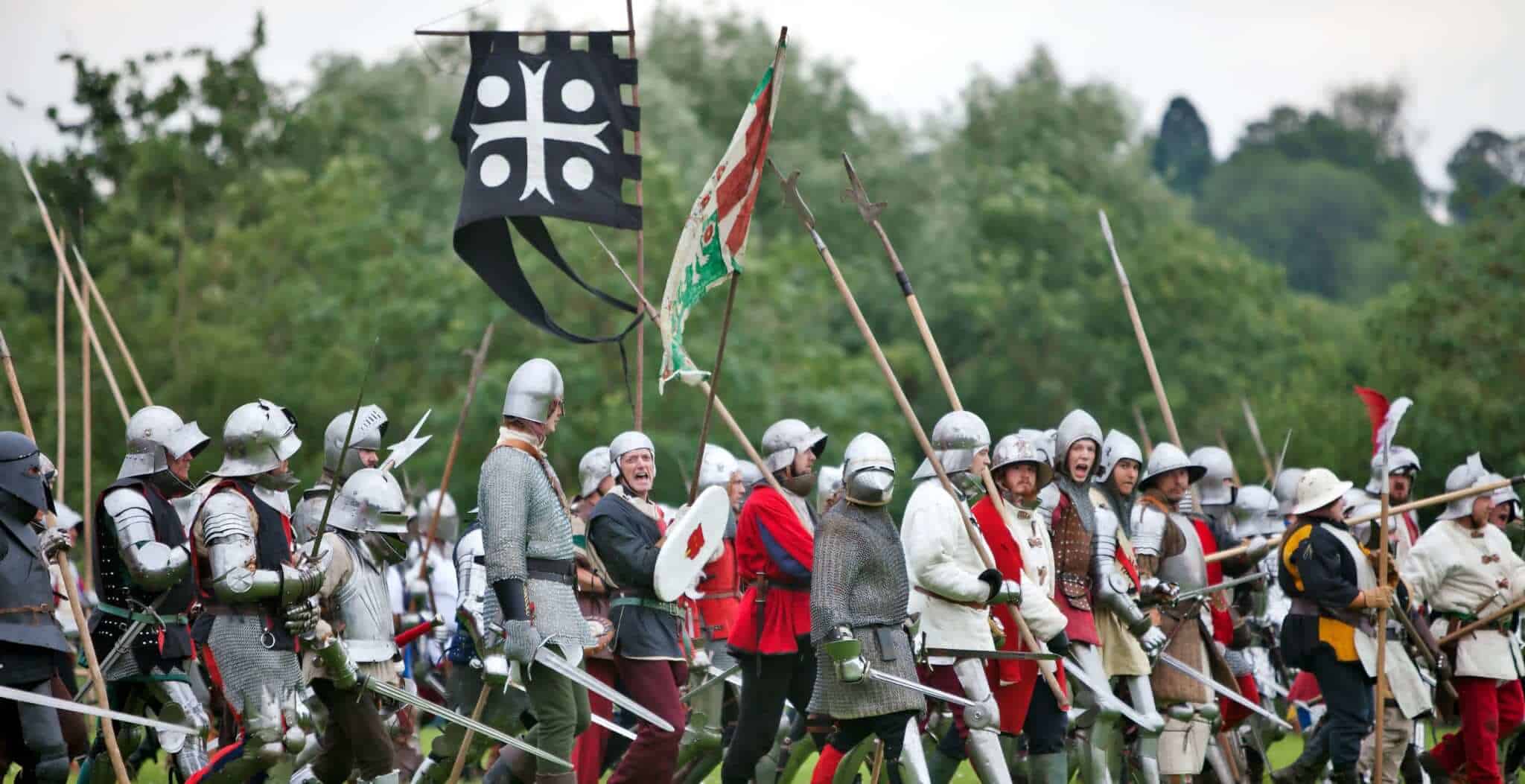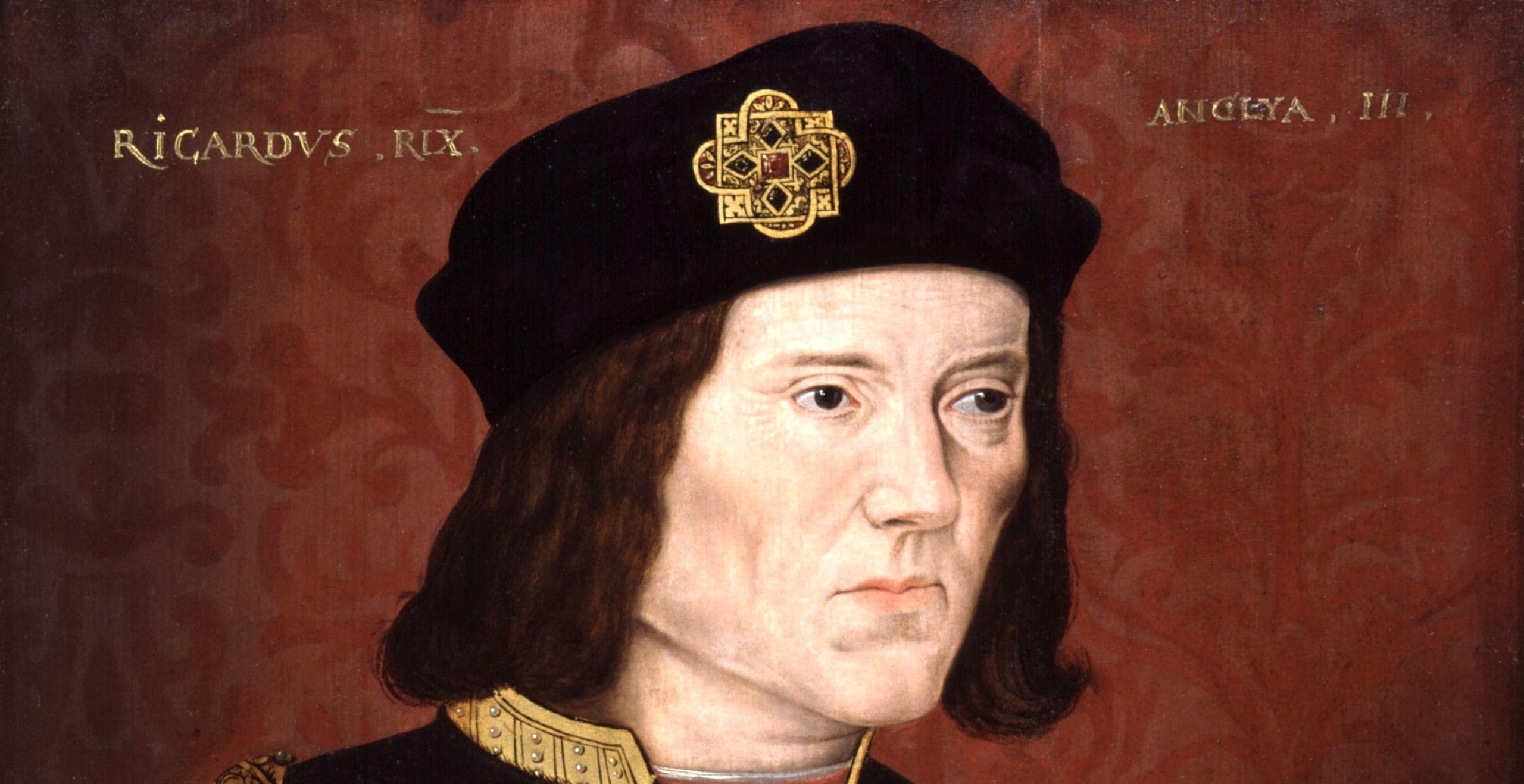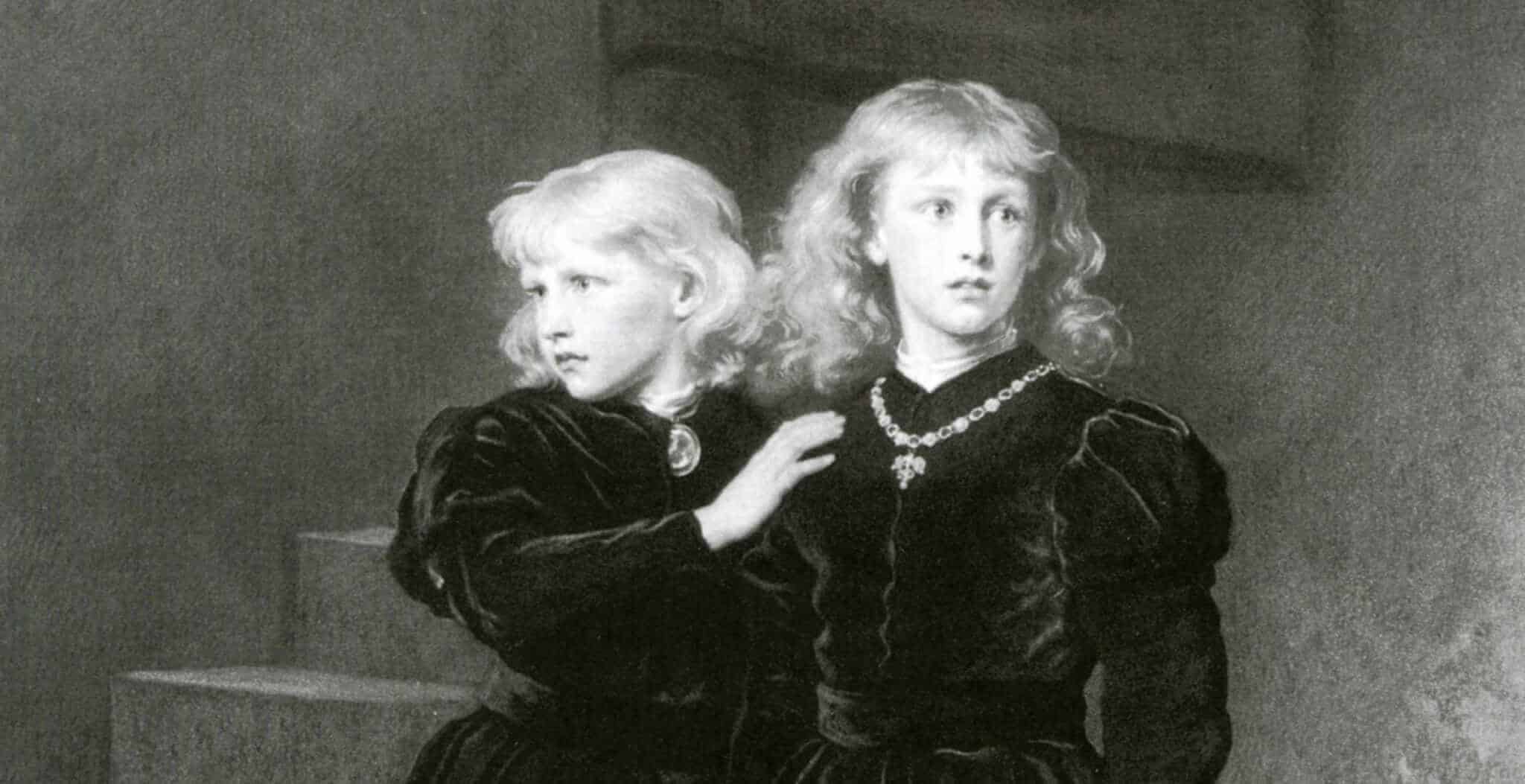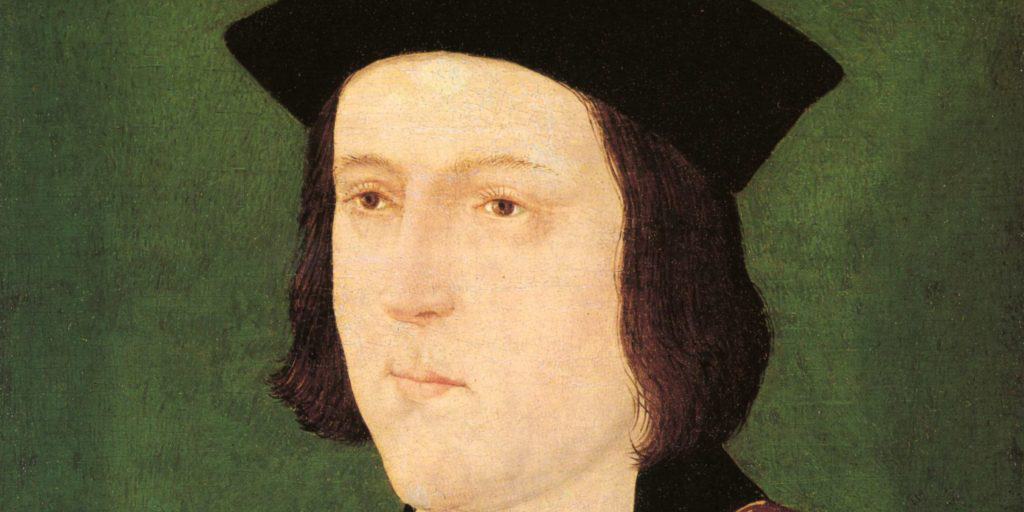From moderately humble beginnings, Elizabeth ‘Jane’ Shore (c. 1445- c. 1527) became a key character in the real life Game of Thrones. As the War of the Roses (1455- 1485) raged throughout England, Jane became renowned as one of the most intelligent and beautiful women in the realm, the witty mistress of the king and a dangerous political conspirator against Richard III.
Jane was born in London in about 1445 as Elizabeth Lambert. The daughter of a wealthy merchant family, headed by John and Amy Lambert, she was in frequent contact with fellow wealthy businessmen enabling her to socialise with the most notable members of society. The family business also provided Jane with the opportunity to receive a high level of education that was unusual for a person of her social status, particularly as a female.
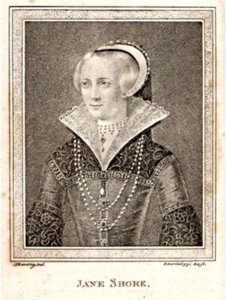
As a young girl she attracted many admirers, both for her beauty and intellect. This included William Hastings, a close friend and advisor to King Edward IV. Nevertheless in terms of arranging a marriage for his daughter, John Lambert decided on successful goldsmith and banker William Shore. Shore was about fifteen years Jane’s senior, although contemporary accounts depict him as an attractive, bright man:
“She continued in her marriage to William Schore […] and cohabited with him for the lawful time, but that he is so frigid and impotent that she, desirous of being a mother and having offspring, requested over and over again the official of London to cite the said William before him to answer her concerning the foregoing and the nullity of the said marriage…”
However, the marriage failed to last and was annulled in March 1476, unusually under the instruction of Jane. She argued that Shore was impotent and unable to fulfill the marital duties of having children, thus after three bishops were commissioned by Pope Sixtus IV, the annulment was granted.
It is not known exactly when Jane met Edward IV, although according to the Patent Rolls for December 1476, it was at some point during this year. Edward and Jane shared a close relationship and it was believed that she had considerable influence over the king and his decisions. Furthermore unlike his other mistresses, Edward and Jane’s relationship continued until his death in 1483.
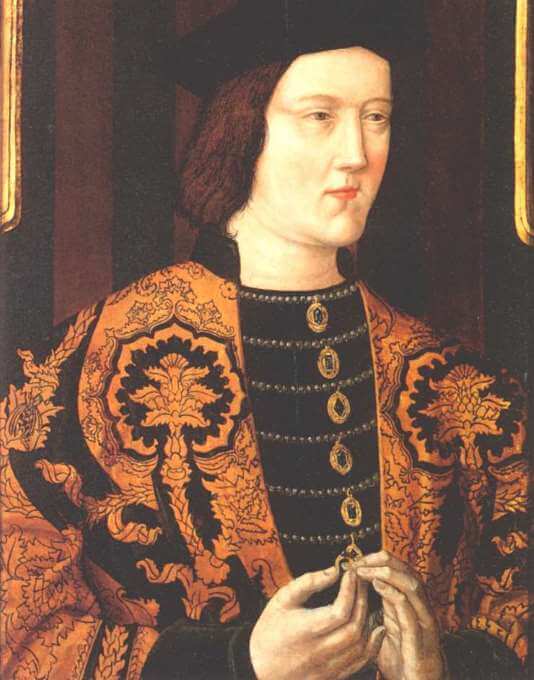
In Sir Thomas More’s description of Jane in ‘The History of Richard III’ (written between 1513 and 1518), he described:
‘Where the king took displeasure, she would mitigate and appease his mind; where men were out of favour, she would bring them in his grace; for many that highly offended, she obtained pardon.’
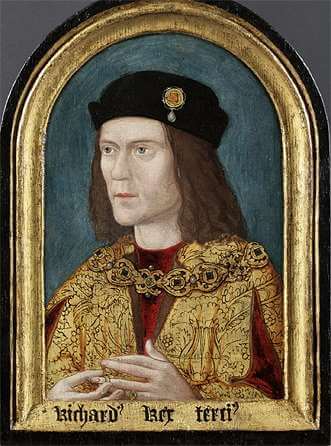
However after Edward’s death, Jane was able to move on quite quickly, allegedly becoming the mistress of his stepson Thomas Grey (1st Marquess of Dorset), and William Hastings (1st Baron Hastings) who cared for the boy King Edward V. These relationships were not solely romantic and carried significant political repercussions. Jane was able to use her close position to Grey and Hastings to strengthen the alliance between the two noble families, a serious threat to the King’s Protector, the soon to be Richard III.
In an already precarious position, Richard claimed the marriage between his brother Edward IV and Elizabeth Woodville was unlawful, thus their child Edward V was illegitimate. Seeking the Crown for himself, Richard also accused Jane of transporting messages between Hastings and the former Queen, and for committing sorcery and witchcraft. This supposed conspiracy against the Protector’s government led to Jane’s arrest and punishment, which involved public penance at Paul’s Cross and imprisonment at Ludgate Prison.
During her time in prison, unsurprisingly, Jane captured the attention of many admirers including the King’s Solicitor General, Thomas Lynom. Much to Richard’s dismay, he could not persuade Lynom to change his opinion of Jane and the pair were married with his reluctant consent. Little is known about Jane in this period of her life, although many historians contend that she had a daughter with Lynom and continued to live a life of reasonable luxury until her death in about 1527.
After her death, Jane’s life continued to have a profound impact on English society, particularly in the vast and varied literary depictions of her. It is not clear why she became known as ‘Jane’, although historians have suggested that that it may have been to avoid confusion with King Edward IV’s wife, Elizabeth Woodville, or simply a creation by playwrights and poets after her death.
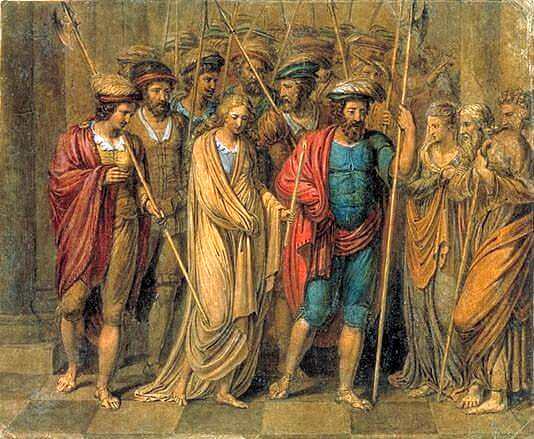
In poetry, Thomas Churchyard wrote about Jane in ‘Mirror for Magistrates’, while Anthony Chute’s poem ‘Shore’s Wife’ (1593) depicts her as a ghost lamenting her life and decisions. ‘Mistress Shore’ was recurrently mentioned in Richard III (1593) by William Shakespeare, after he allegedly took inspiration from More’s account of Jane and Richard’s strained relationship. Similarly, Thomas Heywood’s ‘Edward IV’ (1600) depicts Jane as a conflicted character, torn between the King and her first husband, William Shore. She is portrayed as a kind woman who wanted to use her influence for the greater good, and eventually chooses to return to Shore in their old age. The play ends at Jane and Shore’s deaths after they are buried in ‘Shores Ditch’, which legend suggests is the origin of the East London district Shoreditch.
The life and impact of Jane Shore represents the potential power of mistresses in the medieval and early modern period and how they could be both loved and feared by kings. However, Jane also symbolises a woman’s desire to do better, to not settle and to be powerful in her own right.
By Abigail Sparkes. Postgraduate student at the University of Birmingham, currently studying for a Master’s Degree in early modern history.
